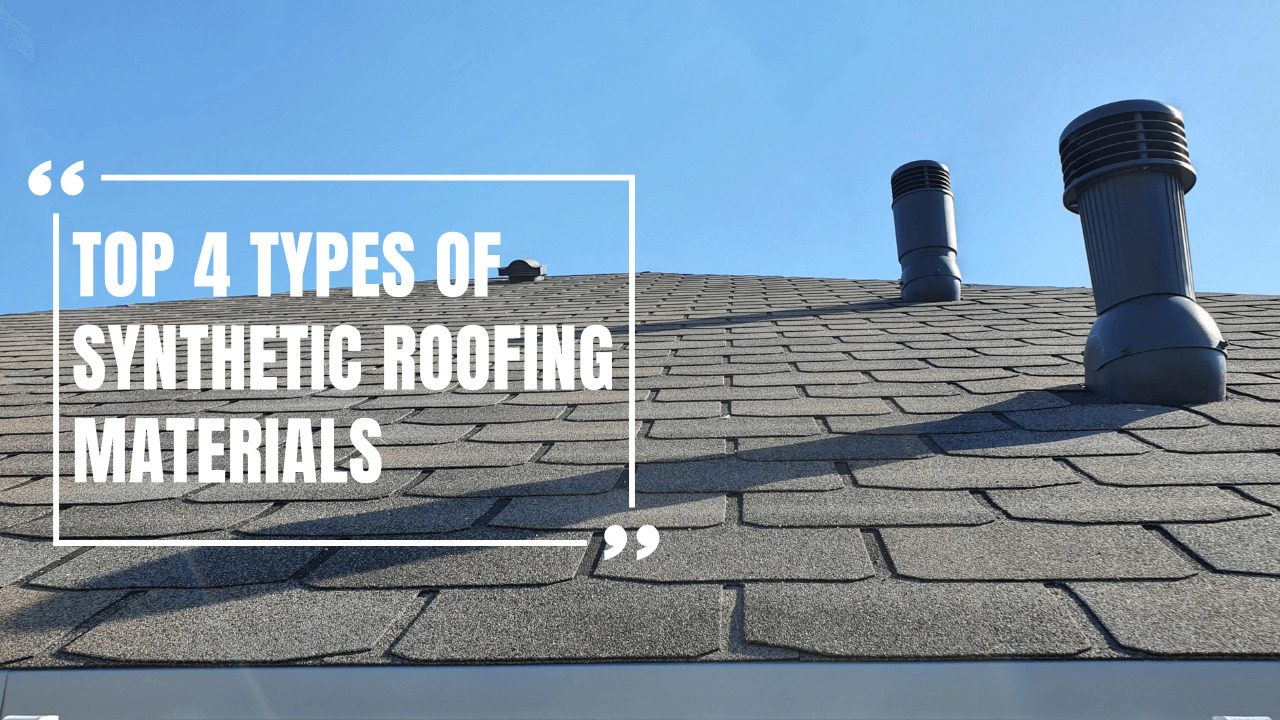In 2019, the global roofing materials sector was worth an estimated $115 billion. Experts say it will grow further as more home construction projects take place.
If you’re in the market for a new roof yourself, it’s best you explore your synthetic roofing options. They often cost less and can also mimic the appearance of traditional materials. Best of all, many are eco-friendly, consisting of recyclable components.
With that said, we came up with this guide listing the top synthetic roof materials you can choose from. Read on to learn about their features and why you should invest in them.
Table of Contents
1. Synthetic Rubber Slate
According to Cianflone.com, a roof’s strength and durability depend on the elemental composition of all its materials. As such, each roofing material, no matter how small it is, can make or break a roof.
Fortunately, synthetic slate roofing excels in strength, durability, and even aesthetics. They’re a mix of recycled plastic, rubber, and engineered polymers. They also come with ultraviolet inhibitors that protect them from UV damage.
High-quality synthetic slates also boast impact resistance, which helps them withstand storms. Most have high fire-resistance ratings, too, making them ideal for wildfire-prone areas.
Moreover, synthetic slate looks pretty much like the real thing. However, the rubber ones weigh much less than natural slates.
To top everything off, synthetic slate roofing systems can last for up to a century. They do cost more than the asphalt shingles, though. Still, with all their benefits, they’re an awesome alternative to traditional roofing materials.
2. Polymer Composite Shingles
Polymer composite shingles, like rubber slate, also consist of engineered polymers. Some of them contain recycled plastics or rubber, too. A key difference is that many composite shingles mimic traditional asphalt shingles.
Compared to asphalt, composite shingles are more resistant to tears or cracks. The synthetic ones don’t have granules, either, so there’s no need to worry about granule loss.
3. Ethylene Propylene Diene Terpolymer (EPDM)
EPDM is another durable synthetic roofing material made of rubber. It mostly consists of ethylene and propylene derived from oil and natural gas. You can find them in rolled sheets rather than as shingles or tiles.
Because of their shape and size, most EPDM materials are best for low-slope or flat roofs.
4. Built-Up Roofing (BUR) Systems
BURs are roofs created by alternating layers of waterproof materials and roofing felt. Some of the most common waterproof materials include bitumen and fiberglass. Aside from resisting moisture, BUR systems are also fire-resistant.
BUR roof installation is similar to that of EPDM, as the materials also come in sheets. For the same reason, BUR systems are often best for flat roofs or those with low slopes.
So long as installed right, BUR can last between 15 and 40 years.
Consider Synthetic Roofing for an Eco-Friendly Roof
There you have it, your guide to the top synthetic roofing materials. As you can see, most of them use recycled materials, so they can make for an eco-friendlier roof. In fact, even the National Park Service supports the use of some of these recycled products.
So, before you shell out a lot of money on a new roof, be sure to explore your greener alternatives.
Ready for more nuggets of building or home improvement wisdom? Then feel free to look around our site for more guides like this!






